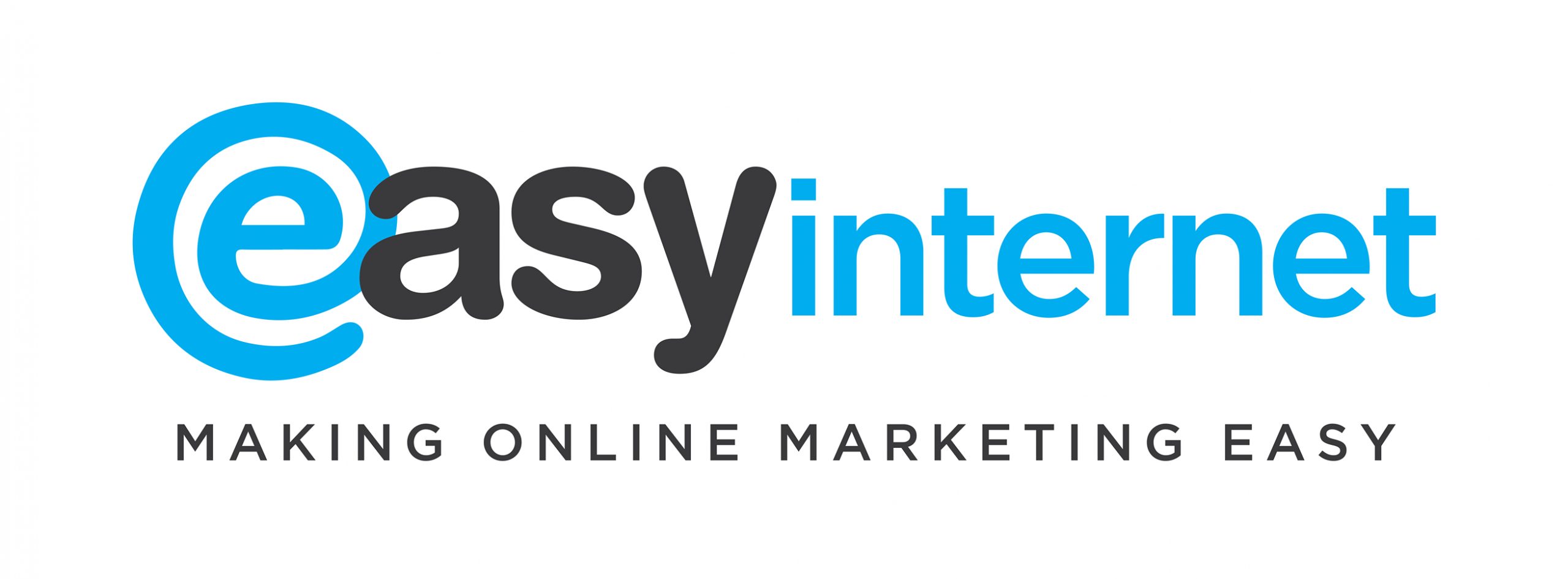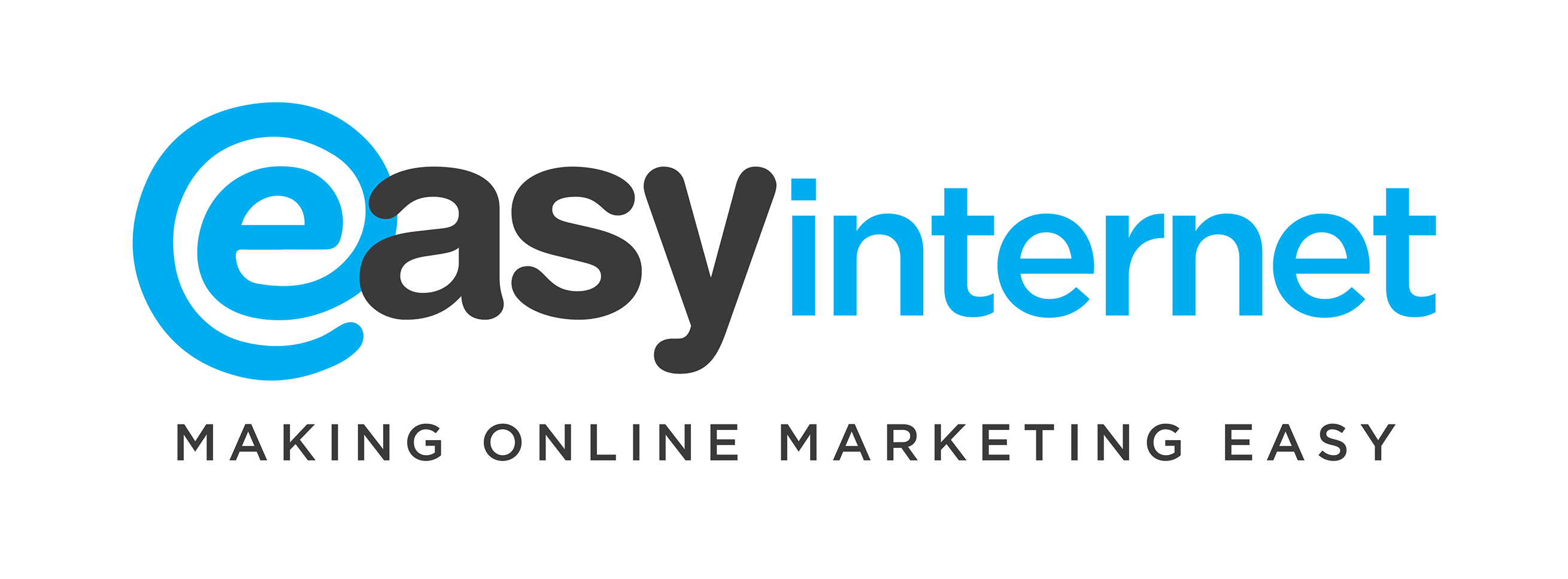When it comes down to it, websites really are pretty special assets for businesses. There are few other ways to be constantly represented or open to new business twenty-four hours a day. They can be the ultimate shopfront, allowing you to cleverly and adaptively craft the way your business is going to be perceived by your audience and customers.
That said, there are plenty of ways for websites to go slightly wrong, with the biggest and worst simply being falling behind. Just failing to keep up with trends, technology and aesthetics online can leave you with a website that makes your business look dated and tired, in a marketplace full of speedy, slick competitors.
With that in mind, here’s the ten ways your site could be lacking or falling behind, letting you start planning that much-needed update. We’ve broken down the ten ways into four categories; digital marketing, usability, design and efficiency.
Key to Reaching Out – Digital Marketing
Quantify Your Results
One of the biggest areas businesses fail when it comes to digital marketing is through failing to quantify their results. You want to know when you’re doing something right, or when your marketing money is being wasted, right?
That means tracking data, and making sure that every part of your marketing budget is being spent effectively on something proven with figures and stats.
Sure, you can’t expect results immediately, but you need to keep track. There’s plenty of online tools and suites designed specifically to monitor your site data and help you figure out what’s working.
Content is Still King
Beyond the immediate aesthetics of your site, there’s one other huge factor that plays a role in keeping your audience interested, and keeping a steady flow of new visitors going; content.
Quality content has long been a big part of digital marketing, for good reason. It’s the organic way to build real traffic flow, and increasingly, it’s the best way, with Google prioritising quality, fresh content over black hat SEO tricks more and more.
Updates for SEO
Updating your site can do two handy things as far as search engine optimisation is concerned. First off, you can integrate more SEO features, like tags, rich snippets, etc. into the meat of the site, and secondly, you can signal to search engines that your website is up-to-date, fresh and worth ranking highly. Websites that never get updated slip down the search results.
No One Likes a Challenge – Usability
Navigation is Important
When people come to your site, you want them to be able to find exactly what they’re looking for, and quickly. Leaving people in a retro, labyrinthine website, reminiscent of something from the ‘90s is going to see people moving away from your site in a hurry. You want navigation to be easy, logical and quick.
Website Speed is Key
Both visitors and search engine crawlers take real note of slow websites, with it potentially marring an otherwise great site. If your site is struggling to load up in a reasonable timeframe, chances are you could do with an update.
The Important of Bounce Rate
Bounce rate is all about visitors coming onto your site, and leaving without checking out a second page. This is obviously a big indicator of an outdated or ineffective website, especially to search engines.
Once again, it comes down to keeping an eye on the data and mapping why and where people are clicking off in a hurry. There’s a lot of elements to bounce rate that need to be taken into account, including location, because people from outside the local area might immediately click away simply because of distance, and whether or not they’re new or returning visitors, as they can have very different intentions.
A dire bounce rate means something is badly out of whack, and your site could probably do with either a thorough update or a new digital marketing approach.
People like Pretty Things – Design
Keep it Sharp and Up-To-Date
A website is like your shopfront. If it looks terrible, people are going to presume the same of your business. You want to project competence and skill, and the best way to do that is through an exhaustively, aesthetically designed webpage.
Responsive Design Continues to be the Future
Responsive website design is all about building websites that work just as well on any device. With the average person now spending more time browsing on their smartphone than their laptop, this has never been more important. You can’t have a website that requires constant, drastic rescaling or worse, not work at all on phones. If you’re in need of an update, there’s a chance you’re currently missing out on mobile and tablet business.
Make it Easier on Yourself – Efficiency
Post and Update Yourself
Every business should be able to update their own site with new content or information. With older sites, this can be troublesome, and a real hassle, but updated, improved modern websites, you can easily expect to perform updates and publishing yourself, with ease.
Security is Always Important
We’ve all heard worrying stories about sites getting hacked and huge embarrassment or legal troubles for the companies involved, and these stories are only getting more and more frequent.
As the web continues to grow, so too does cybercrime, making security more important than ever. Keeping your WordPress site completely up-to-date means keeping your security completely solid, leaving you to get on with running your business.
The problem with older, outdated websites is that they simply don’t have the security of their modern, updated counterparts. You need to know that your site is completely defended, and that you can trust your site’s security completely. An updated site with full, cutting-edge security features is exactly what you need.




